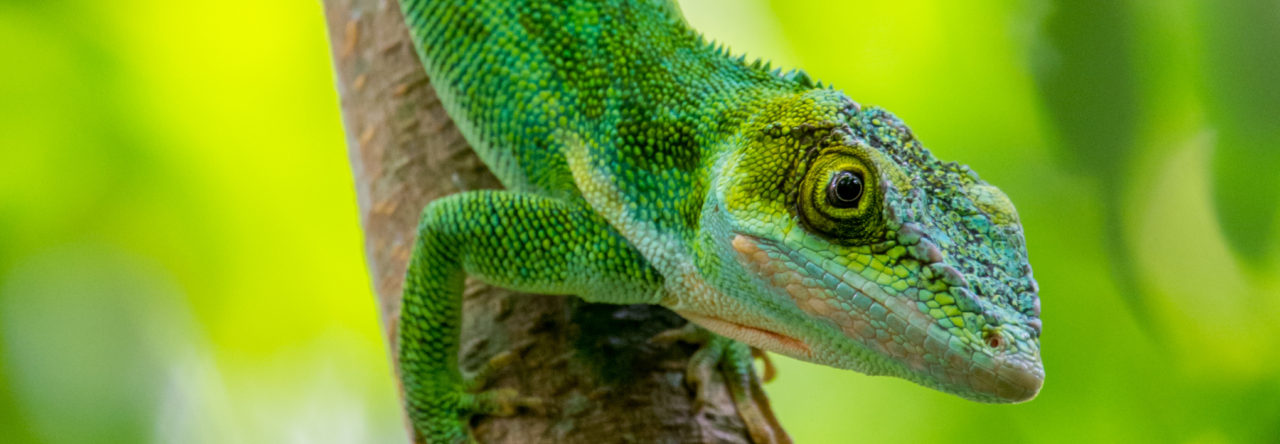The appearance of the paperback version of Lizards in an Evolutionary Tree has provided the opportunity to correct a major error. In the book, Figure 15.10, which was supposed to illustrate how sexual dimorphism declines as the number of species occupying an island increases, is simply wrong. The correct version can be found here, and is included as an insert with copies of the paperback. To make things more complicated, what appears as Figure 15.10 in the book is actually the correct version of Figure 15.9. In turn, what appears as Figure 15.9 is a slightly incorrect version of the figure. So, to recap: ignore Figure 15.9, Figure 15.10 is really Figure 15.9, and the real Figure 15.10 is on a piece of paper tucked into the front of the book, as well as posted here.
How did this happen, you might wonder? Well, it’s a long story. The University of California Press hired an artist to re-render the illustrations in the book. In this way, all of the graphs and diagrams have the same style and appearance. The end result looks great, and is vast improvement over simply reproducing previously published figures in their various formats; moreover, the artist did a much better job than the author possibly could have done. However, there was a problem: the artist was sometimes somewhat careless with what is admittedly pretty trying work, copying published points, lines, shadings, etc. Consequently, the author had to examine each version of the artwork extremely carefully, looking for errors. And that’s just what he found with Figure 15.9 where, if you compare the two versions in the book, you will find a small error in the shading of one of the colored circles. The artist dutifully corrected the error, and the author approved the revision. And here’s where the problem crept in. The production team took the approved art and substituted it in the wrong place, taking out not the incorrect Figure 15.9, but the correct 15.10. Because this was the second round of revisions of this figure, this occurred at the very end of the production process. In fairness, the author examined the final proofs and had one last chance to catch this error, but he missed it.
Aside from this blunder, there are other mistakes, none of particular importance. Some of the more substantive ones can be seen here, and the whole list, including many trivials ones, here. Eventually, if the book is ever re-printed (and the publisher says it may be), these will be corrected, so please contact the author with any additional mistakes that you find.
- Evolution in Real Time on Lizard Island - March 23, 2025
- Spider Snags Adult Anolis osa - March 22, 2025
- An Homage to the Green Anoles of New Orleans - March 21, 2025


scantlebury
Don’t forget that figure 3.6b is really Anolis brevirostris…